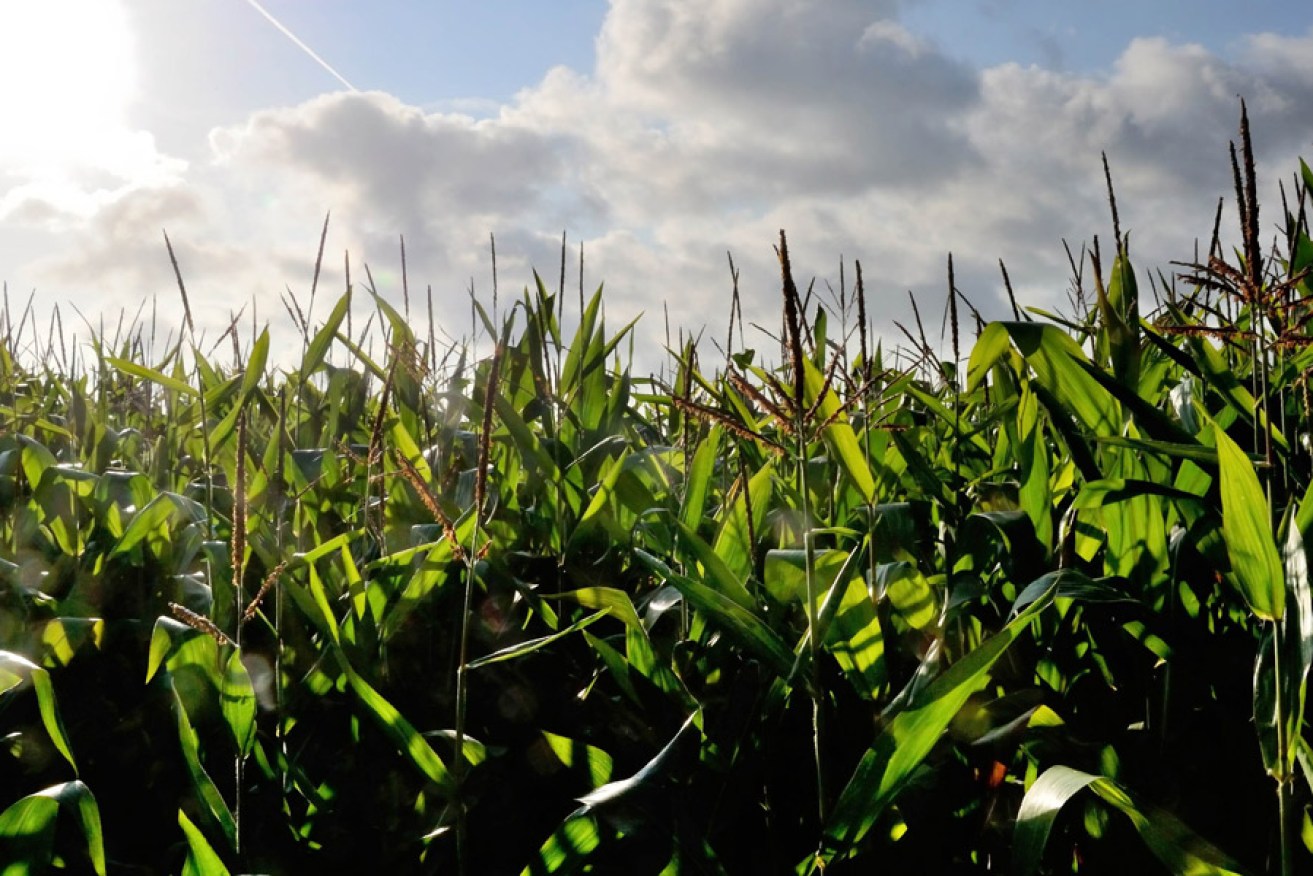SA crops beat the heat to bring in $1.6b yield
South Australia’s crops have defied a hot, dry start to the year to keep yield estimates at 7.2 million tonnes for the second successive season.

Primary Industries and Regions grain account manager Dave Lewis said the SA March Crop and Pasture Report estimated the farm gate value of crop at $1.6 billion.
“Crop performance has, like last year, exceeded farmers’ expectations and this report … confirms it as the seventh successive crop above the long-term (10 year) average,” Lewis said.
“We’ve had two years of similar crop performance. South Australia has performed well given the amount of rainfall we’ve had, particularly given the dry springs of both years.”
Lewis said harvest was completed in all districts by mid-January.
He added, despite the hot, dry finish to the season and frost damage in some areas, overall cereal yields were average-to-above-average in many districts but varied considerably from generally above average in the west of the state to below average in the south east.
“There was a high proportion of lower-quality cereal grain with high levels of screenings and low test weights, increasing the amount of grain classified into lower grades or stored on-farm.
“This decline in quality caused by the dry finish resulted in a slightly reduced farm-gate value for the crop on earlier value estimates.”
He said January rainfall was above average in most agricultural districts and February rainfall varied from the highest on record on the southern part of the Lower Eyre Peninsula to below average in small areas of the Northern Mallee.
“Early indications are that the areas sown to cereals will remain relatively unchanged but there could be significant changes to the area of other crops, particularly canola which is likely to increase on the Lower Eyre Peninsula but fall in most other districts.”
About 85 per cent of SA grain is exported to international destinations such as Indonesia, China, Vietnam, India and Egypt.
Farmers are feeling optimistic about 2016 after good summer rain early in the year and healthy livestock prices boosted confidence, according to the latest Rabobank Rural Confidence Survey.
The survey, completed in February, found that after falling last quarter, Australian rural confidence had rebounded strongly, with eight out of 10 farmers expecting conditions to improve or remain similar to last year.
Although farmer sentiment is robust, more rain is needed over the next few weeks to maintain the positive outlook.
Farmers hope that the weakening El Nino weather system will bode well for rainfall and underpin production intentions.
“After good January rains, which were above-average for most of the southern half of the country, there has been limited rain to speak of in many regions through February and into March,” said Rabobank’s national manager Country Banking Australia, Todd Charteris.
Charteris said there had been some significant rainfall across Queensland and parts of northwestern NSW which have been struggling with ongoing drought.
But there are still areas desperately needing follow-up rain.
Confidence was higher across all agricultural commodities, but the outlook among sugar and dairy producers was comparatively subdued. It rose in all states except in Western Australia where it was steady.
Aside from expectations of improved rainfall, commodity prices have also helped boost farmer confidence, especially among beef and sheep graziers.
More than 80 per cent of farmers across all sectors, except for dairy, expect their income to improve or remain similar to last year.
The Rabobank survey showed that farmers’ appetite to invest more in their business was at a four-year high.
More than 25 per cent of farmers are seeking to improve property infrastructure such as fences, yards and silos; increase livestock numbers; upgrade machinery; or buy property.
Farmers’ perception of the viability of their business was at a 14-year high. Ninety-five per cent believed their business had long-term viability.
The Rabobank Rural Confidence Survey questions around 1,000 primary producers throughout Australia on a quarterly basis.
-with AAP




